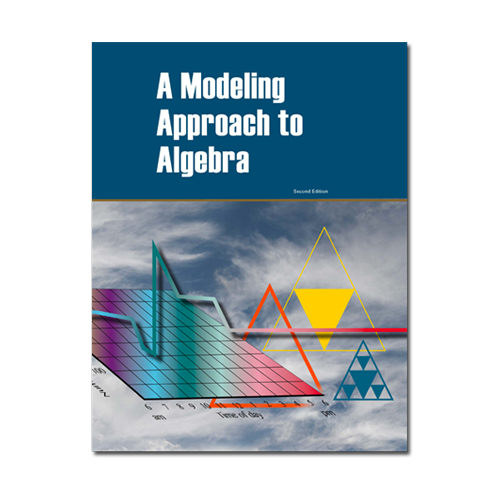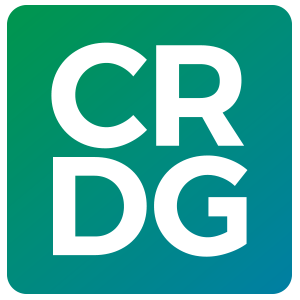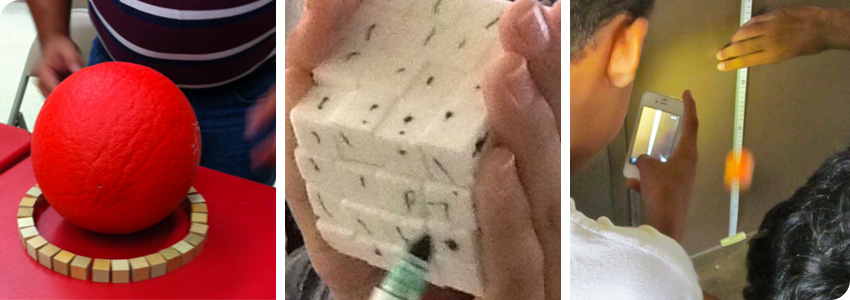 A Modeling Approach to Algebra (AMAA) provides students with opportunities to use modeling in solving problems. The investigations are motivated by practical questions from application contexts and other interesting questions based on pure mathematics. Students use aspects of modeling to interpret problem situations; understand the goals of a problem; represent, test, and revise various approaches to solving the problem; and report on results.
A Modeling Approach to Algebra (AMAA) provides students with opportunities to use modeling in solving problems. The investigations are motivated by practical questions from application contexts and other interesting questions based on pure mathematics. Students use aspects of modeling to interpret problem situations; understand the goals of a problem; represent, test, and revise various approaches to solving the problem; and report on results.
Content
The content of this curriculum targets specific high school standards from the section, Traditional Pathway: High School Algebra I, in the Common Core State Standards for Mathematics while also emphasizing the eight Standards for Mathematical Practice, which are at the foundation of the mathematics standards. The materials were originally developed for Hawai‘i public schools, and this version has been adapted for availability to a wider audience.
Significantly, the Modeling Cycle from the Common Core State Standards for Mathematics can be a tool for organizing the work throughout AMAA. It provides a flow of the processes used in taking a situation from problem to report. Modeling as a mathematical practice appears throughout the high school Common Core State Standards for Mathematics. Students have opportunities to create and interpret several different types of models; they decide what data to include and define conditions for including that data; they choose methods for computing when computation is required; they represent various actions with modeling; and they assess the validity of their model and its usefulness in solving new problems.






